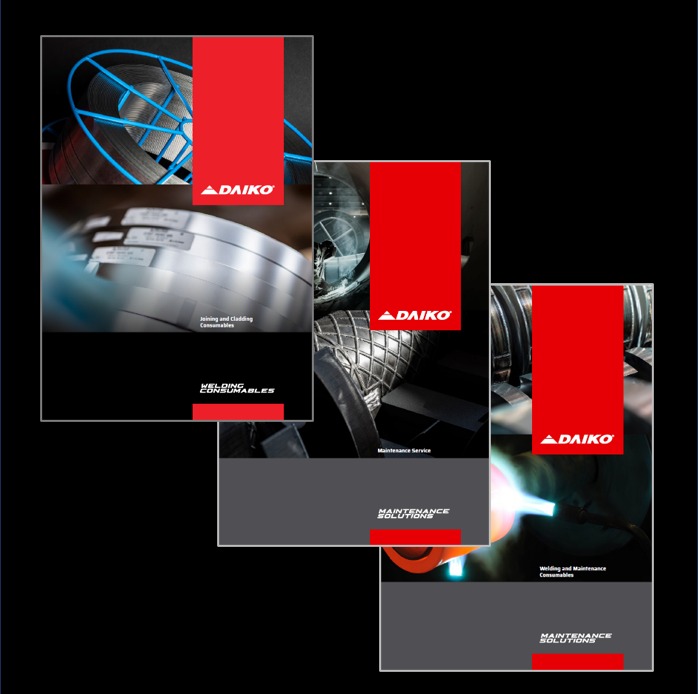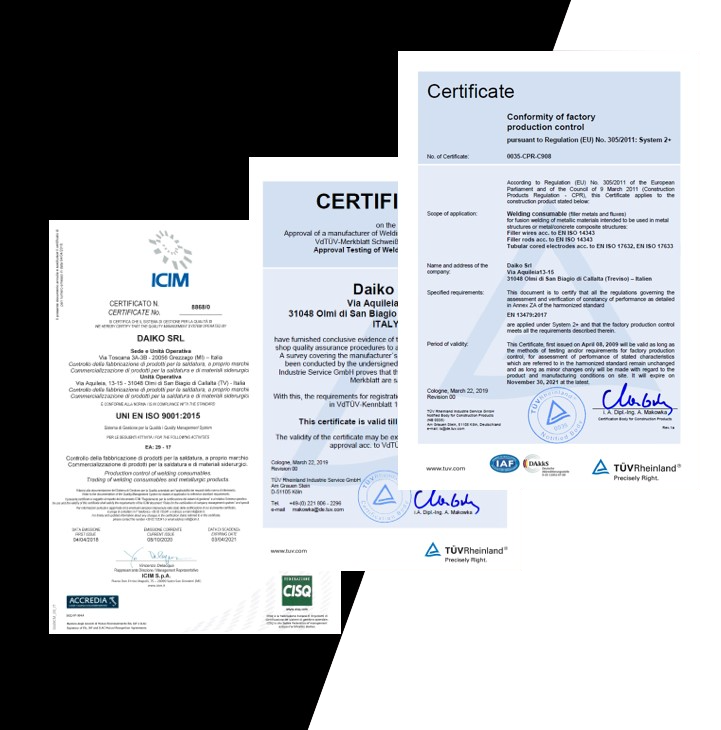- Home
- >
- All DAIKO products
- >
- TITANIUM ALLOYS
- >
- Gr. 12
Gr. 12
Application
DAIKO Ti 12 stands out as a highly corrosion-resistant alloy featuring small additions of nickel and molybdenum. These additions significantly bolster the alloy's strength, delivering superior mechanical properties compared to commercially pure grades. The introduction of nickel (Ni) and molybdenum (Mo) plays a pivotal role in altering the surface electrochemistry, particularly in crevices or beneath surface deposits, thereby enhancing the overall corrosion resistance of the material. Originally developed as an intermediate-strength grade, DAIKO Ti 12 addresses the need for heightened crevice-corrosion resistance, especially in high-temperature brines. An essential feature of this alloy is its ability to offer enhanced performance in challenging environments while maintaining cost-effectiveness, making it a compelling alternative to Grade 7 alloys
Alloy Type
Gr. 12 titanium.
Microstructure
Single-phase and near single-phase
alpha alloys (compact hexagonal lattice-HCP).
Materials
Grad 12, Ti-0.3Mo-0.8Ni.
Welding & PWHT
Titanium, being a reactive metal, is susceptible to embrittlement when exposed to elevated temperatures and certain contaminants, including oxygen, nitrogen, and hydrogen. To prevent such issues, it is imperative to shield the metal from atmospheric contamination, which is achieved by using welding-grade inert gas during the welding process. Throughout arc welding, the titanium should remain shielded from the ambient air atmosphere until it cools below approximately 430°C. For optimal welding results, the titanium metal must be devoid of thick oxide and chemically clean before initiating the welding process. Contamination from oxide, water, grease, or dirt can lead to embrittlement. Therefore, it is essential to ensure that titanium welding rods are not only chemically clean but also free of heavy oxide, absorbed moisture, grease, and dirt. In instances where the weld bead maintains its bright and silvery appearance, cleaning between passes is generally unnecessary. However, if straw or light blue discoloration is observed on the weld, it can be remedied by wire brushing using a clean stainless steel wire brush. Conversely, if the weld beads display signs of contamination, such as dark blue, gray, or white powdery discoloration, thorough removal through grinding is mandatory. Following the removal of contaminated weld beads, the joint should be meticulously prepared and cleaned before commencing with subsequent welding operations.
Products of the line Gr. 12
| Product name | Process | AWS specifications | EN ISO specifications | |
| DAIKOWT Ti 12 | GTAW |
AWS A5.16
ERTi-12 |
- | |
| DAIKOWM Ti 12 | GMAW |
AWS A5.16
ERTi-12 |
- |


